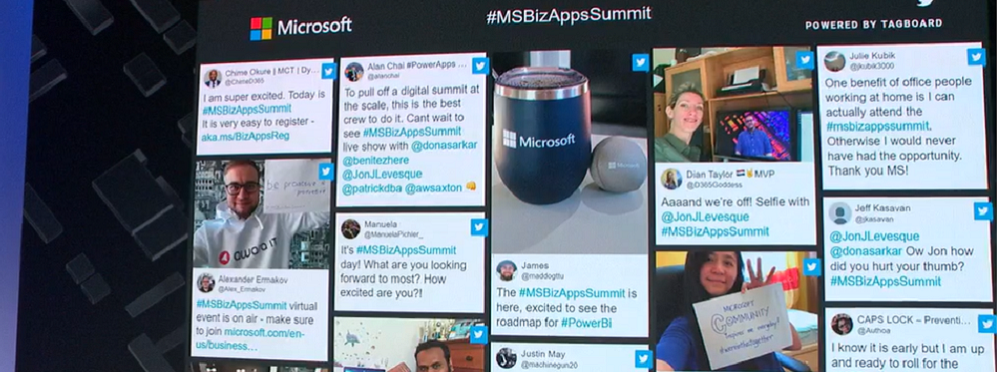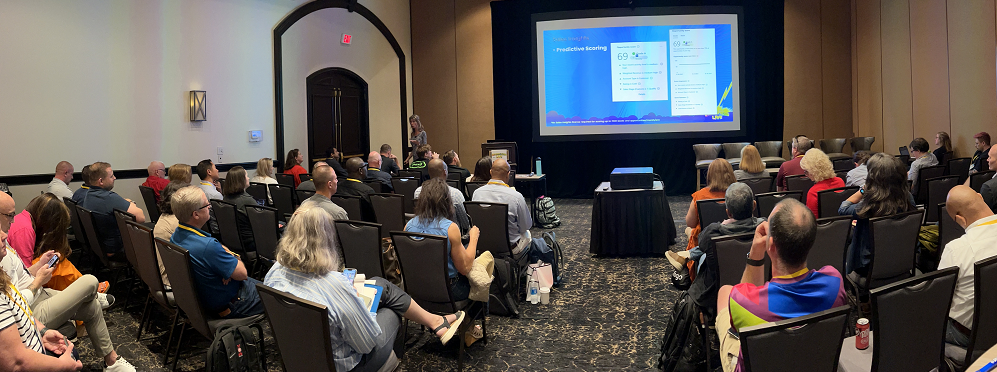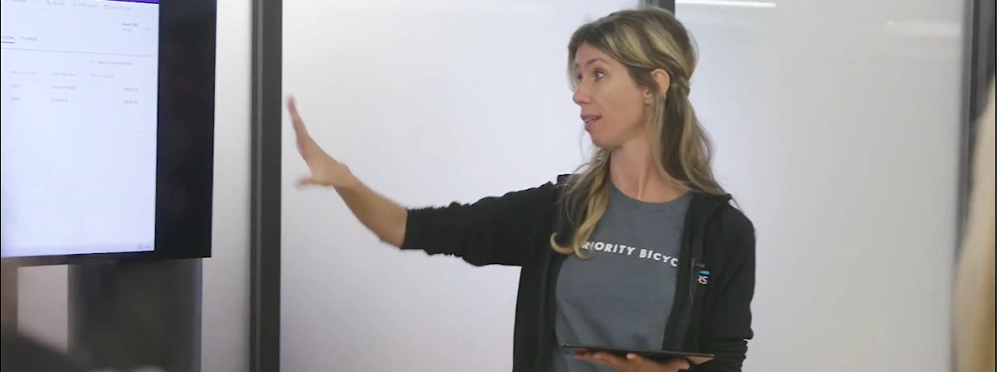Configurable Copilot Case Summaries for D365 Customer Service

Most people have probably seen the record summaries in Dynamics 365 Customer Service, Field Service and Sales. If you’re not familiar with this concept, let me explain what they are. Record summaries in Dynamics 365 are Copilot generated summaries that provide important information about specific records (rows), like cases, opportunities, accounts, leads, etc. These summaries help users quickly understand the context and important details of a record without having to manually read all the data in the columns and related tables, like emails, activities, notes, etc. Copilot will look at all these different data points and summarize the record. Previously we were only able to enable Case summary functionality, but now we also have the ability to define the data that Copilot uses for the case summary! And if you created custom columns and/or related tables, you can include those as well!
Enable case summaries
In order to enable the case summaries feature, I will have to access the Customer Service Admin Center app. From here I will need to navigate to the ‘Productivity’ item on the sitemap which is located below the ‘Agent Experience’ group. When the Productivity page opens, I click on the “Manage’ link on the far right side of the ‘Summaries’ item on the screen. This takes me to all the settings for the summaries in Dynamics 365 Customer Service. On the top of the screen I notice the ‘Case Summaries’ heading, below it is the setting ‘Make case summaries available to agents’ so I check the box to enable the feature. Yes it was that easy!
Manage data points for summary
To configure the tables and columns that I want copilot to use to generate the summary, I click on the ‘Manage Data’ link that is on the right side of the ‘Make case summaries available to agents’ setting I just enabled. That takes me to the first page (Step 1 of 2) of the summary configuration screen. The summary name is already populated, and the record type as well, but I am able to edit the description of the record type. The information in this field will make Copilot better understand how your organization uses this table. This can come in handy if your organization uses cases differently than the out of the box ‘ticket’ type of functionality. Since this is not the case for me, I will leave the value the same. I click the ‘Next’ button on the bottom of the screen to advance to the second page of the configuration screen (Step 2 of 2). On this screen I will configure the Case columns and related tables I want Copilot to use when generating the summary. On this screen you can add data from 1-to-1 relationships and 1-to-many relationships, and I notice that a lot of these columns and tables have already been preconfigured (Duh! Otherwise, the case summarization wouldn’t work!) From this screen I have the option to edit these columns and tables, or/and I can add additional columns and tables. NOTE: We can’t modify the Email Content and Conversation Summary values that have already been configured out of the box. But before I do that, let me explain what all of these different options on the screen mean.

Let’s start with the data type field. There are two options to choose from, the 1-to-1 and the 1-to-many data type. When I edit or add a line selecting the 1-to-1 datatype, I can configure this in two ways: I can choose columns from the root record type (the case table is the root record type/table) or I can select a table that has a many:1 relationship with the Case table. If you’re not sure what a many-to-1 relationship is, let me make it very simple for you: If the Case table has any lookup columns to other tables, these lookup columns represent the many:1 relationship from the Case table to the table in the lookup column. For example, there is a lookup column to the product table on the case table, which represents the many-to-1 relationship from the Case to Product table. If I want to Copilot to include information from the Product in the summary, I need to select ‘1-to-1’ as the data type (I agree this is very confusing as the relationship is actually a many-to-1).
The second field we see on the screen is called ‘Record type or activity” which represents the table we want copilot to look at when generating these summaries. This doesn’t mean Copilot will look at all the data in that related table, because we will need to select a specific table column in the ‘Data Field’. To continue our setup to include the product table, I select ‘Product(Product)’ under ‘Record or activity’ and I select the ‘Name’ column under ‘Data Field’. If you want to use a different field you can do that as well. Now let’s discuss the ‘1-to-many’ data type. This represents tables that the Case table has a 1-to-many relationship with. This means that cases can have many related records of these tables associated with them. A few examples of out of the box tables that Cases have a 1-to-Many relationship with are: Notes, Emails, Activities, etc. For this example I created a custom table called ‘Onsite Visit’, which has a lookup to the Case table. This means that multiple onsite visits can be related to one case. In order for me to add this table to the case summary I select 1-to-many as the ‘Data Type’, then select the ‘Onsite Visit’ as the ‘Record type or activity’. For the Data Field I select the description column and in the Description field I enter: ‘Details about the onsite visit’. Feel free to add more tables and columns as needed, but keep in mind that the maximum number of items for the 1-to-1 data type is 10 and the maximum for the 1-to-many is 3 related tables and 6 items. When the tables and columns have been configured, I save my changes by clicking on the ‘Save and Close’ button on the bottom of the screen. This closes the window and I can see the summary setup that I just completed.
Exclude data
If you have the need to exclude certain information from the summary, you can do this by adding email addresses (any emails coming from those email addresses will not be included in the summary) or adding specific text that can appear in emails, case comments or posts. Examples are disclaimers, headers, footers and other boilerplate types of text. The info that should be excluded can be added in the ‘Excluded information from case and custom record summaries’ section. Now the only thing that is left is to test your case summary!

Things to keep in mind
When you enable this in your environment, keep in mind that the customer service rep needs to have read access to the related tables that you configured for the summary. So in this example, I would need to give the CSR access to my custom ‘Onsite Visit’ table.
Copilot needs there to be a minimum of about 38 words specified across the columns that Copilot uses to create the summary, which doesn’t mean that all columns that were configured need data, it means that the words in all those columns combined needs to be 38 or more. If there are less than 38 words, the summary will not be generated and you’ll see a message stating there was not enough information to generate the summary. Let me know in the comments what you think! I hope you enjoyed this article! Be sure to check in again next week for a new article or subscribe here to never miss another post!












Comments are Closed